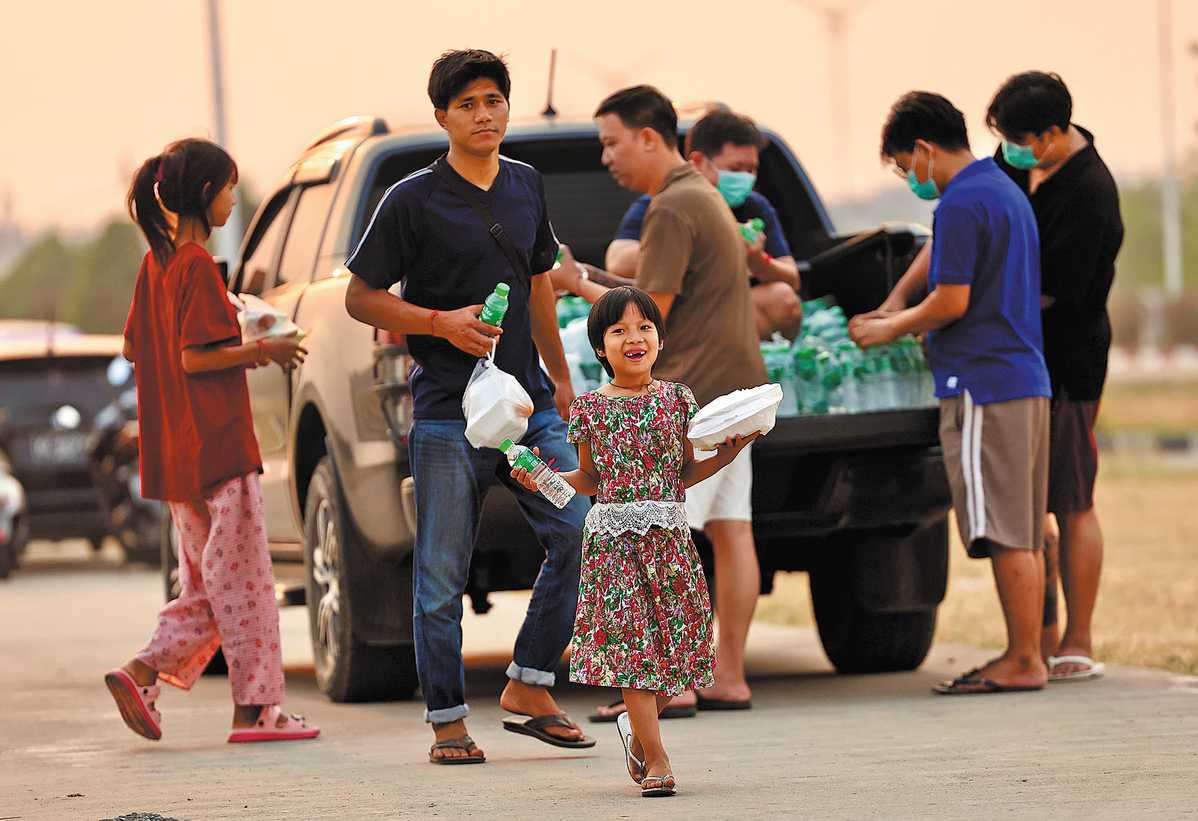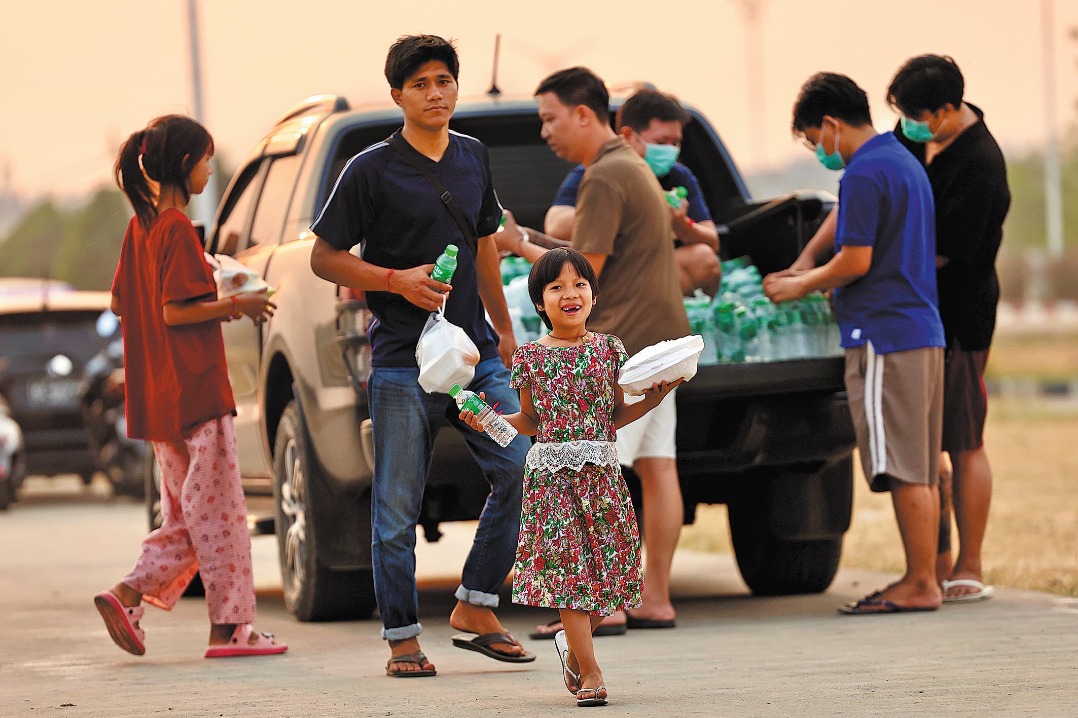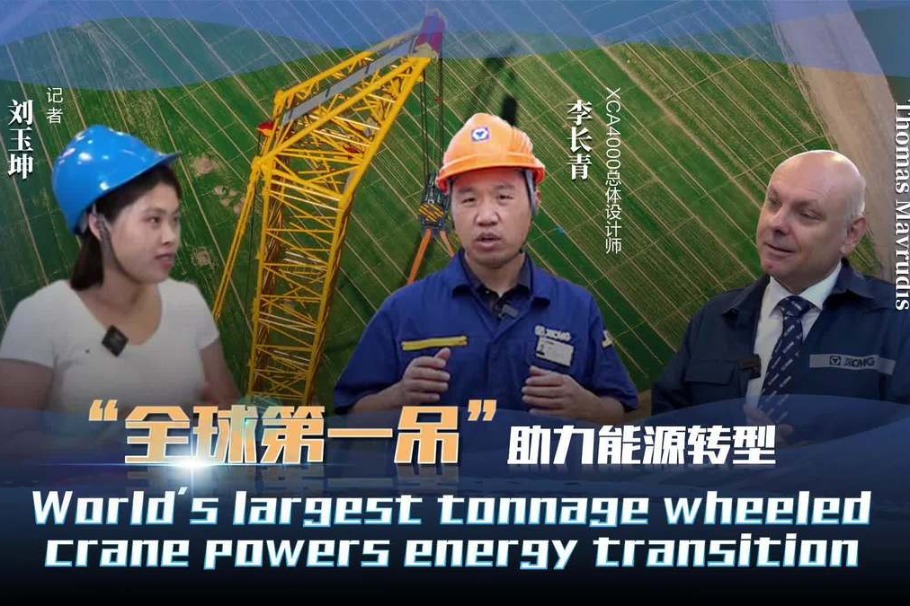Deep appreciation expressed for nation's swift quake response
Prompt actions by rescuers in Myanmar save lives, minimize further health and safety risks






An elderly woman was successfully rescued by a Chinese rescue team from under hospital rubble in Myanmar's capital, Nay Pyi Daw, on Sunday morning, nearly 40 hours after the magnitude 7.9 earthquake struck on Friday.
"When she was carried onto a stretcher by rescuers, everyone on the scene was excited," said Mu Shuyuan, from China's Yunnan province rescue and medical team.
The 37-member team was the first international one to arrive at the earthquake-stricken area. Eighteen of the team members are from China Railway No 2 Engineering Group's National Tunnel Emergency Rescue Team based in Kunming, the capital of Yunnan. They are responsible for rescue efforts, while the others take care of medical needs and help with disease prevention.
Carrying emergency rescue supplies, including life detection equipment, an earthquake early-warning system and portable satellite equipment, the team arrived at Yangon International Airport on Saturday morning.
Upon landing, they immediately joined forces with the Myanmar fire and rescue department, and after traveling for more than nine hours reached severely affected areas in Nay Pyi Daw.
"Without taking a break, we brought demolition tools and communication equipment to the designated location, and quickly engaged in rescue work," said Mu, leader of the rescue squad.
At Ottara Thiri Private Hospital, a three-story building was severely damaged, with the ground floor completely collapsed.
Using a sign of life detector, Mu's squad located a survivor trapped under the collapsed floor.
His deputy Xiao Min crawled in front of a crevice in the rubble, shone a flashlight in the space and called out loudly in Mandarin with a Guizhou accent, "Don't be afraid. We are here to rescue you!"
Realizing there was a language barrier, Xiao immediately called for a translator. The translator was able to communicate the message, and a hoarse response was heard emanating from deep within the debris.
A 73-year-old woman, who had previously undergone brain surgery and returned to the hospital for a checkup, was trapped in a narrow space between the second and first floors, alongside bodies of the deceased.
Due to the complex environment, they devised a rescue plan along with local emergency workers.
"During the rescue process, we not only had to consider that drilling vibrations might cause concrete blocks to fall, causing secondary harm to the trapped individuals, but we also had to be vigilant about aftershocks and the risk of collapse," Xiao said.
After drilling two access holes, one running horizontally and the other vertically, they still could not reach the woman. They then drilled a third hole, which enabled them to remove the bodies of two deceased people on top of the woman.
At 4:56 am on Sunday, after being trapped for nearly 40 hours, she was successfully rescued.
"Make sure to lift steadily and slowly," Xiao repeatedly instructed those carrying the stretcher. When she was safely placed in an ambulance, he let out a sigh of relief.




















